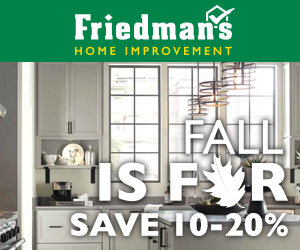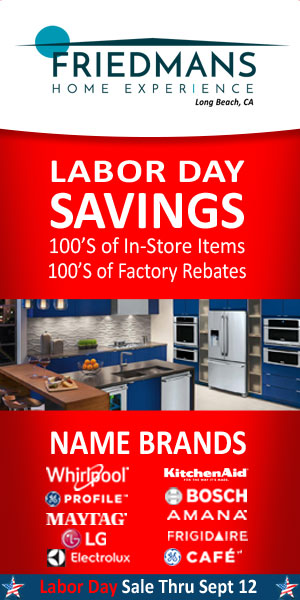Fencing: A Beginners Guide to Residential Fences
Fences are good for property value, keeping children and pets safe, and keeping intruders off of your property. They are great for improving your property value and providing security for your family and home. If you are good with DIY home repair projects, you may be able to install a fence system without professional help. For the best return on your investment, leave the job to someone who is experienced with installing fence systems like a licensed fence installation company. Choose a fence style and type and gather estimates. Ensure the fence installation company can provide references and presents a valid contract with the terms of the job. Check on their license, business references, and their reputation.
Fence types: The most common types of fence installed are wood and chain link fences. Each type of fence will require maintenance. Select the fence suited for your budget, home, and the climate where you reside. Some fence types will last for many years in any type of climate and others will not. Before your final purchase, do research to ensure the fence you have chosen is suited for your property, inclement weather, and check the warranty before you seal the deal.
Common fence materials: Aluminum, wood, wrought iron, ornamental metal, vinyl (PVC), steel chain link, chain link vinyl coated, electric (invisible fence), bamboo and high tensile (farm), picket fence (vinyl and wood), deer fencing (plastic), and composite fencing material (engineered wood / vinyl).
Popular residential fence styles: Privacy, picket, pool, deer, split rail, front yard (picket, wrought iron, chain link), backyard (privacy/stockade fence), and security. Fence materials and styles include a multitude of unique designs.
Fence terminology: The list of fence terminology is long. Below are a few fence terms.
Aluminum, barbed wire, cedar batten boards, chain link, curved top, custom ornamental iron, decorative rings, extended top, finials, flat top, galvanized steel, gauge, good-neighbor fence, grade change, horizontal picket fence, lattice, pickets,
posts, post caps, prefabricated iron panels, press point, pressure-treated wood, privacy slats, rackable panels, rails, ranch style fence, razor ribbon, rot board, salt spray, scalloped cedar fence, shadow box, stain, steel chain link, stockade panel, treated pine, underpinning, vinyl coated, western red cedar, windscreen, wood grade, and wrought iron.
Wood grade options: Fence grade is similar to hardwood lumber grading with regard to cost and quality of the wood.
The top grade is clear grade which is free of defects and knots. It is more expensive than lower grade wood. #1 Grade is the second highest fence material grade which contains some knots but less than #2-grade. A # 2-grade wood is less than #1 with more knots and holes. # 3 grade is rough wood and less expensive than #1 and # 2-grade wood fence panel and posts.
Basic components of a wood privacy fence (stockade style): Finials (ornamental caps), lattice, panels (boards), pickets, posts, stockade, rails (cap, bottom, top). Wood fence styles vary as much as the terminology that goes with it. There are many books about fences and materials used to construct them. Conduct online research, visit a local library, or visit some retail lumber and hardware stores to learn more about fence materials, hardware, tools, and terminology.
Parts of a chain link fence: Terminal post cap, rail end, rail end band, tension band, line post, fence tie, gate frame hinge, gate post hinge, gate fork latch, terminal post, tension bar, top rail, line post, bottom tension wire, and tension wire clip.





